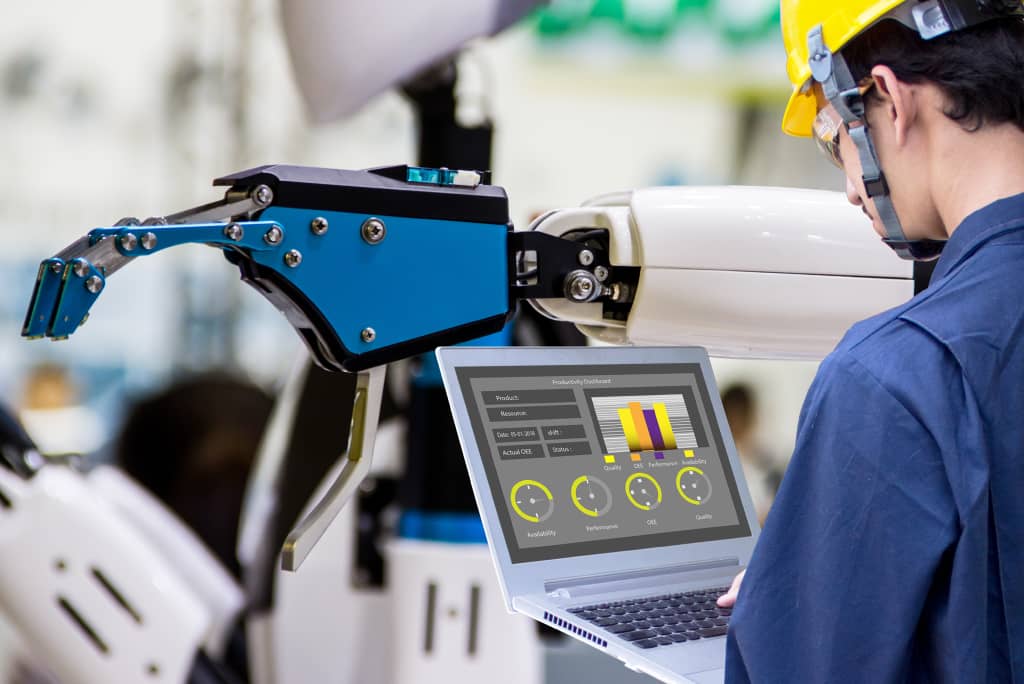Implementing a SCADA system provides industries with enhanced control, efficiency, and visibility, leading to improved productivity, cost savings, and a safer working environment.
RECENT POSTS

Implementing a SCADA system provides industries with enhanced control, efficiency, and visibility, leading to improved productivity, cost savings, and a safer working environment.
Designing a Supervisory Control and Data Acquisition System
(SCADA) for industries involves careful planning and consideration of various
factors to ensure efficiency, reliability, and security. Here’s a step-by-step
guide on how to properly design a SCADA system for industries:
- Understand Industry Requirements:
- Begin by thoroughly understanding the specific requirements and processes of the industry where the SCADA system will be implemented.
- Engage with relevant stakeholders, including engineers, operators, and management, to gather input on their needs and expectations.
- Identify Objectives and Key Performance Indicators (KPIs):
- Clearly define the objectives of the SCADA system. Determine what you want to achieve, such as improved process control, reduced downtime, increased productivity, or enhanced safety.
- Identify Key Performance Indicators (KPIs) to measure and track the success of the SCADA implementation.
- Select SCADA Architecture:
- Choose the appropriate SCADA architecture based on the size and complexity of the industrial system.
- Options include centralized, distributed, and hybrid architectures. Select the one that suits the specific industry and its operational requirements.
- Network Infrastructure:
- Design a robust and secure network infrastructure to ensure smooth communication between SCADA servers, HMIs, and field devices.
- Consider using industrial-grade Ethernet switches, routers, and firewalls to ensure data integrity and protection.
- Hardware and Software Selection:
- Choose reliable and suitable hardware components, such as SCADA servers, HMIs, Programmable Logic Controllers (PLCs), Remote Terminal Units (RTUs), and sensors.
- Select SCADA software that aligns with industry requirements and provides necessary features for data acquisition, monitoring, and control.
- Data Acquisition and Communication Protocols:
- Implement efficient data acquisition protocols, such as Modbus, OPC-UA, or MQTT, to collect data from various sensors and devices.
- Ensure seamless communication between SCADA components for real-time data transfer.
- HMI Design and Visualization:
- Design intuitive and user-friendly Human-Machine Interfaces (HMIs) to present data and control options to operators effectively.
- Use appropriate visualization tools, such as graphs, charts, and alarms, to provide relevant information at a glance.
- Data Storage and Historian:
- Select a reliable database system to store SCADA data and historical information for analysis and reporting.
- Implement a historian system to record time-series data for performance evaluation and troubleshooting.
- Alarm Management and Notification:
- Establish a robust alarm management system with clear priorities and notification mechanisms for critical events.
- Avoid alarm flooding and ensure operators can respond promptly to important alarms.
- Cybersecurity Measures:
- Implement comprehensive cybersecurity measures to protect the SCADA system from potential cyber threats.
- Use strong authentication, encryption, and network segmentation to safeguard data and control systems.
- Redundancy and Failover:
- Introduce redundancy for critical components to ensure continuous operation in case of hardware or software failures.
- Implement automatic failover mechanisms to switch to backup systems seamlessly.
- Testing and Validation:
- Thoroughly test the SCADA system in a simulated environment before deploying it in the industry.
- Conduct testing and validation to identify and rectify any potential issues.
- Training and Documentation:
- Provide comprehensive training to operators, engineers, and maintenance staff to ensure they can effectively use and maintain the SCADA system.
- Create detailed documentation, including system architecture, configuration settings, and troubleshooting guidelines.
- Regular Maintenance and Updates:
- Establish a proactive maintenance plan to ensure the SCADA system operates efficiently and reliably.
- Regularly update software, firmware, and security patches to address vulnerabilities.
- Compliance and Regulations:
- Ensure the SCADA system complies with relevant industry standards, regulations, and safety guidelines.
similar posts
Unleashing the Power of FactoryTalk Optix: How This Cutting-Edge Software is Transforming Manufacturing
...
Certifications
Contact Us
Telephone:
Corporate Office “The Shop”
Pacific Blue Engineering, LLC
2880 Orange Ave
Long Beach, CA 90755
© All contents copyright © 2023 by Pacific Blue Engineering













